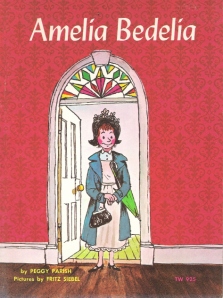April is Earth Month and it's a good time to explore earth science and world geography. Here are hands-on, real-life social studies lessons, map activities and geography games with globes. No computer or internet needed. Playing geography games with globes helps students visualize the big picture better than with maps. Use map activities to locate specific places and use globes for accurate placement of countries in the world at large. Use maps and globes in science lesson plans to explore biomes, habitats, temporal zones and climate.
Race Around the World map activities: Divide students into teams of 2-4. Give each team a globe and attach a world map to the wall or bulletin board. Here are free printable outline maps. Call out countries, cities and provinces for teams to locate their globes. The first team to find the location wins a point. After the location is found indicate it on the wall map with a pin or sticky note arrow (available at most office supply retailers).
Earth Science Jeopardy: Students may play individually or in teams. Draw a Jeopardy grid on a Dry Erase board, overhead projector or chalkboard. Label five categories across the top of the Earth Science Jeopardy board. Here are some suggested earth science categories: Rivers, Mountain Ranges, Africa, Asia, Islands, Europe, United States, South America, Bodies of Water, Northern Hemisphere, Locations that begin with ____ (fill in letter). Fill in dollar amounts as in regular Jeopardy. Players select a category and value. The geography games leader calls out a place and team members must locate it on globes. Give teams buzzers or bells to sound when they find the answer.
Latitude and Longitude Hide 'n Seek map activities: Use the free printable longitude and latitude maps and time zone lesson plans to explain the how lines and degrees of latitude and longitude work. Official latitude lines--also called parallels--go east to west and longitude lines go north and south. There are 180 latitude lines--90 above the equator (north) and 90 below (south). There are 360 lines of longitude (180 in the eastern hemisphere and 180 in the western hemisphere). They are divided into 24 groups which define time zones as well as geographical locations.
Plotting those coordinates and other graph math activities. Use coordinate geometry to place cities and landforms in lines of latitude and longitude. Ask students to list different earth science landforms located with the latitude and longitude markings. Ask students list cities and locales based on latitude and longitude coordinates or bearings. Here are free printable graph math activities.
Time zones bingo map activities: Using the small dial attached to the top of the globe, teach students how read lines of longitude to determine time zone. Call out a time zone. Students fill their card by locating and listing a city or province in that time zone. Require older students to calculate what time it is in different countries by giving the time in another time zone. Explain the Greenwich Mean Time system. Here are free printable globes and longitude and latitude maps to help.



